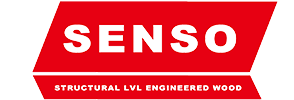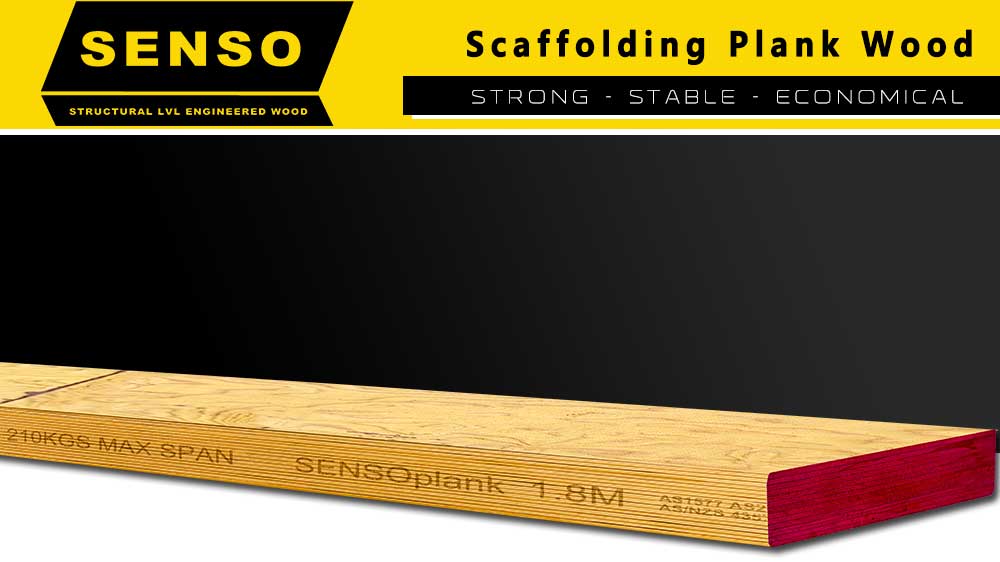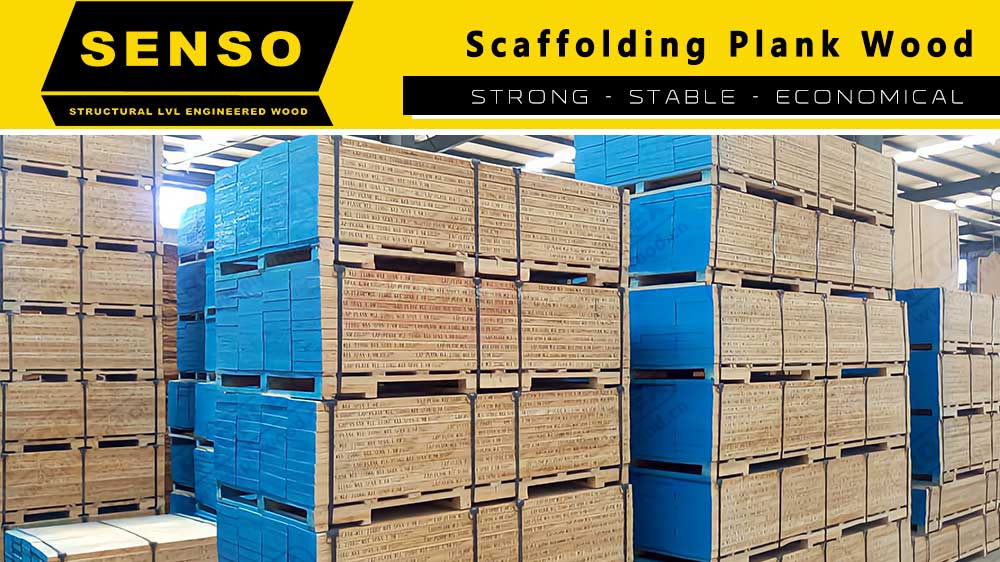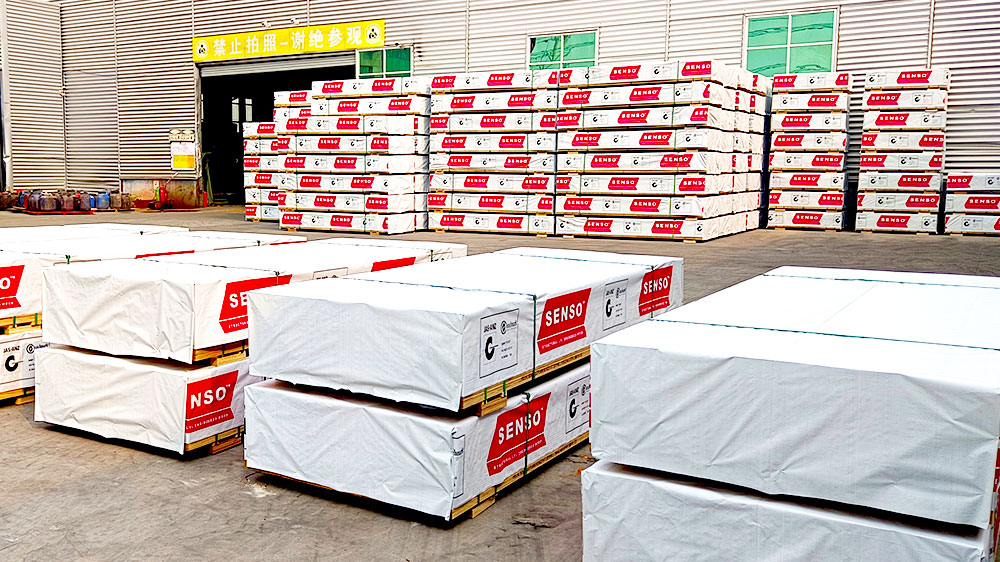What is a Scaffold Board?
A scaffold board is a fundamental component in construction, ensuring the safety and stability of workers. These boards, known also as scaffold planks or scaffold boards, provide a solid platform for various tasks at elevated heights. Scaffold boards are made from durable materials to withstand heavy loads and harsh conditions, making them indispensable in the construction industry.
The Importance of Scaffold Boards
Safety First
Scaffold boards are essential for creating safe working platforms. Workers rely on these sturdy boards to perform their tasks securely at different heights. The quality of scaffold boards directly impacts the safety of construction sites. Inferior boards can lead to accidents, making it crucial to invest in high-quality scaffolding boards.
Versatility in Use
Scaffold boards are versatile, used in various applications beyond construction. They are commonly seen in maintenance, repair, and renovation projects. Scaffold planks are used to create temporary walkways, platforms, and stages, highlighting their adaptability and importance in diverse projects.
Types of Scaffold Boards
Wooden Scaffold Boards
Wooden scaffold boards are traditional and widely used. They are made from robust timber, treated to resist decay and insects. These boards offer flexibility and strength, making them a preferred choice for many construction sites.
Metal Scaffold Boards
Metal scaffold boards, typically made from aluminum or steel, provide superior durability and load-bearing capacity. These boards are resistant to weather conditions and do not warp or crack, ensuring long-term reliability. Metal scaffold boards are ideal for heavy-duty applications where maximum stability is required.
Composite Scaffold Boards
Composite scaffold boards are made from a combination of materials, offering the benefits of both wood and metal. These boards are lightweight, durable, and resistant to environmental factors. Composite scaffold boards are gaining popularity due to their enhanced performance and longevity.
Selecting the Right Scaffold Board
Material Considerations
Choosing the right scaffold board depends on the specific requirements of the project. Wooden scaffolding board are suitable for general construction, while metal and composite boards are better for heavy-duty and high-risk environments. Each material has its advantages and limitations, so it’s essential to assess the project needs before making a selection.
Load Capacity
The load capacity of scaffold boards is a critical factor. Scaffold planks must support the weight of workers and their equipment. Ensuring that the selected boards can handle the expected load prevents accidents and enhances site safety. Manufacturers provide load ratings for scaffold boards, which should be adhered to strictly.
Maintenance and Inspection
Regular Inspection
Regular inspection of scaffold boards is necessary to ensure their integrity. Check for signs of wear, damage, and decay, especially in wooden boards. Metal boards should be inspected for bends, cracks, and rust. Regular maintenance ensures that scaffold boards remain safe and reliable.
Proper Storage
Proper storage of scaffold boards prolongs their lifespan. Wooden boards should be kept dry and off the ground to prevent moisture damage. Metal and composite boards should be stored in a clean, dry area to avoid corrosion and degradation. Following storage guidelines helps maintain the quality and safety of scaffold boards.
Industry Standards and Regulations
Compliance with Safety Standards
Scaffold boards must comply with industry safety standards and regulations. These standards ensure that the boards meet the required safety criteria, protecting workers from accidents. Compliance with regulations also helps avoid legal issues and enhances the credibility of the construction company.
Certification and Testing
Certified scaffold boards undergo rigorous testing to ensure their safety and performance. Look for boards that have been tested and certified by recognized organizations. Certification provides assurance that the scaffold boards meet the highest safety standards.
Applications of Scaffold Boards
Construction Projects
Scaffold boards are indispensable in construction projects. They provide safe platforms for workers to perform tasks at heights. Whether it’s building high-rise structures, bridges, or residential buildings, scaffold boards ensure workers can operate securely and efficiently.
Maintenance and Repairs
In maintenance and repair work, scaffold boards are crucial. They allow workers to reach elevated areas safely, making tasks like painting, cleaning, and repairing accessible. Scaffold planks are used extensively in industrial and commercial maintenance to ensure safety and ease of access.
Event and Stage Construction
Scaffold boards are also used in the event industry. They form the basis for stages, platforms, and temporary structures. Their strength and versatility make them ideal for creating safe and stable surfaces for performances, speeches, and other events.
Key Features of Quality Scaffold Plank
Durability
Durability is a primary feature of quality scaffold boards. Whether made from wood, metal, or composite materials, these boards are designed to withstand heavy loads and harsh conditions. Durable scaffold boards ensure long-term safety and reliability.
Slip Resistance
Slip resistance is essential for scaffold boards. Many boards are treated or designed with textured surfaces to prevent slips and falls. This feature is particularly important in wet or icy conditions, providing an extra layer of safety for workers.
Lightweight and Easy to Handle
While scaffold boards need to be strong, they should also be lightweight and easy to handle. This balance is particularly achieved in composite and some metal boards, making installation and removal efficient and less labor-intensive.
Innovations in Scaffold Plank Design
Advanced Materials
Recent advancements in materials science have led to the development of new scaffold board materials. Composite boards, combining the best properties of wood and metal, are becoming more popular. These advanced materials offer enhanced strength, durability, and resistance to environmental factors.
Ergonomic Design
Innovative designs are focusing on ergonomics, making scaffold boards easier to install and use. Features such as integrated handles, lighter weights, and modular designs are improving the efficiency and safety of scaffold board usage.
Sustainable Practices
Sustainability is increasingly important in construction. Many manufacturers are now producing scaffold boards from sustainably sourced materials and using eco-friendly manufacturing processes. This not only benefits the environment but also meets the growing demand for green construction practices.
The Future of Scaffold Boards
Technological Integration
The future of scaffold boards lies in technological integration. Smart scaffold boards, equipped with sensors to monitor load and environmental conditions, are being developed. These boards provide real-time data to enhance safety and efficiency on construction sites.
Customization and Modular Systems
Customization and modular scaffold systems are becoming more common. These systems allow for scaffold boards to be tailored to specific project needs, providing more flexibility and efficiency. Modular systems enable quick assembly and disassembly, saving time and reducing labor costs.
Enhanced Safety Features
Future scaffold boards will continue to evolve with enhanced safety features. Innovations like built-in fall protection, better slip-resistant surfaces, and more robust load-bearing capacities will make construction sites even safer for workers.
Scafold Boards Essential for Safe and Efficient Construction
In conclusion, scaffold boards are critical components in the construction industry, providing safe and reliable platforms for workers. Their versatility, durability, and evolving designs make them indispensable for a wide range of applications. From traditional wooden boards to advanced composite materials, scaffold boards ensure that construction projects are completed efficiently and safely. The future of scaffold boards looks promising, with technological advancements and sustainable practices leading the way towards even better performance and safety standards.
FAQs
What is a scaffold board?
A scaffold board is a sturdy platform used in construction to support workers and their equipment at various heights.
What are the three types of scaffolding?
The three main types of scaffolding are supported scaffolding, suspended scaffolding, and rolling scaffolding.
Are scaffold boards strong?
Yes, scaffold boards are designed to be strong and durable, capable of supporting significant weight and providing a stable working platform.
What are the three main scaffolds?
The three main scaffolds are supported scaffolding, suspended scaffolding, and mobile scaffolding.
How thick are scaffold boards?
Scaffold boards typically have a thickness of 38mm to 63mm, depending on the specific requirements and standards.
Post time: Jun-01-2024




